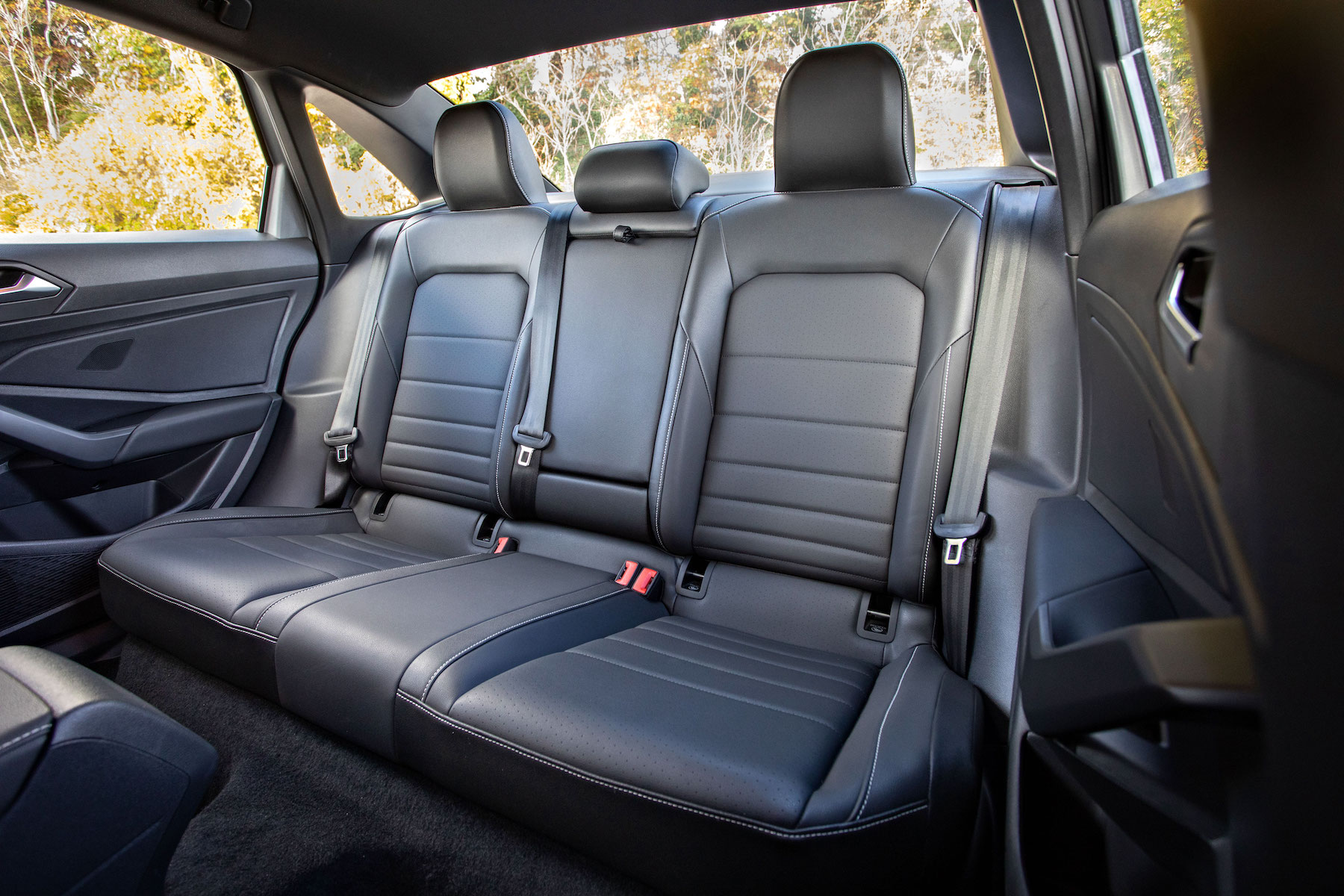What is vegan leather?
You’ve shopped for cars, perhaps even here at The Car Connection—and run across a phrase that’s as hopelessly 21st century as “celebrity podcaster” or “wellness guru.”
“Vegan leather.”
It’s not made from vegans, actually. It’s one of any number of synthetic materials that sub in for real leather, whether for reasons of durability, or ethics, or cost.
In our reviews, you’ll see a distinct vocabulary that’s separate from the usual “cloth” and “leather” or even descriptive terms for leather based on its treatment—whether that’s nappa, semi-aniline, or otherwise. If it’s not a woven textile or an animal hide, we call it “synthetic leather upholstery.”
But that encompasses a lot of materials. Here’s how it breaks down.
What’s a vegan, anyway?
For that, we’ll turn to the experts at The Vegan Society, who say that those who practice veganism aim to reduce or eliminate all forms of animal exploitation, whether it’s for food or clothing or any human need.
OK but first, what are all these confusing kinds of leather?
Leather gets made every day, of course. It’s a by-product of the slaughter of millions of animals for meat—a fact which some leather producers say lowers the carbon footprint of a vehicle’s interior as a whole, though cattle could be responsible for as much as 6% of global greenhouse gas emissions.
Of less distinctive origin, some of that material is shredded and glued together to create bonded leather, which lets the car company sell it as leather though it’s the compositional and sometimes textural equivalent of Spam.
The leather found in high-end luxury cars doesn’t come from that already primed supply stream. A generic process creates nappa leather—which is real leather that’s treated for a softer finish. BMW, Lincoln, and other luxury brands have long touted curated specific leather brands like Artico or Bridge of Weir, that obtain their hides from specific animals raised in specific places and, er, produced in specific ways.
So, what is “vegan leather,” then?
So, we know what real leather is. But what about the “vegan” stuff?
Years ago, the Mercedes-Benz GL-Class offered a synthetic upholstery on its three-row SUV. According to company lore—or, well, a press release—the interior came in response to requests for an animal-free, “cruelty-free” interior. The actual number of vegans who wanted to buy a massive V-8-powered SUV that weighed more than 5,000 pounds? History has not been so kind as to offer a number.
No matter. Soon, automakers realized the cultural coin of the phrase. Not only could they use less expensive materials in more expensive vehicles—that GL-Class stickered for more than $60,000 more than a decade ago—but they could also move away from traditional wood-and-leather interiors and get funky.
Jaguar’s F-Pace SUV opted into a “Kvadrat” wool interior with a bit of vintage appeal. Woolen seats became the sleekest choice on the Volvo XC90 SUV, when paired with gray wood trim; the company has promised it will be leather-free by the end of the decade. So has Kia, though it hasn’t set a specific date.
Still, most buyers who encounter “vegan” interior will be greeted by synthetic leather, which can be composed of chemicals like PVCs (polyvinyl chloride). Dubbed “leatherette” generically (or pleather or even just vinyl), automakers market the material specifically under a slew of brand names from SofTex (Toyota) to MB Tex (Mercedes-Benz).
Many automakers have experimented with synthetic materials made from mushrooms or cactus fibers, but nothing practicable and durable has made it into a street-legal vehicle.
Is vegan leather sustainable? Is it really vegan?
Opinions vary—widely. A recent Washington Post report on vegan leather says that PVC-trimmed car interiors can lead to emissions of toxic derivatives of chlorine—not to mention dioxin, a chemical waste product that persists in the natural environment.
It’s nearly impossible to gauge whether these vinyl and synthetic materials are made without introducing animals into the picture. It’s fair to say that they are made with petrochemicals—which, of course, are made from animals that have been pressurized and liquefied for millions of years before being harvested as fuel.
“Vegan leather”—It’s just clever marketing then, right?
It’s a peal of a certain bell, for sure. But automakers keep studying new ways to reduce the animal content and to boost the sustainability of their interiors because it’s what many customers want.
Will we see a Ford Mustang with a full fruit-leather interior soon? No, but it probably sounds appealing to someone. Also, sticky.
